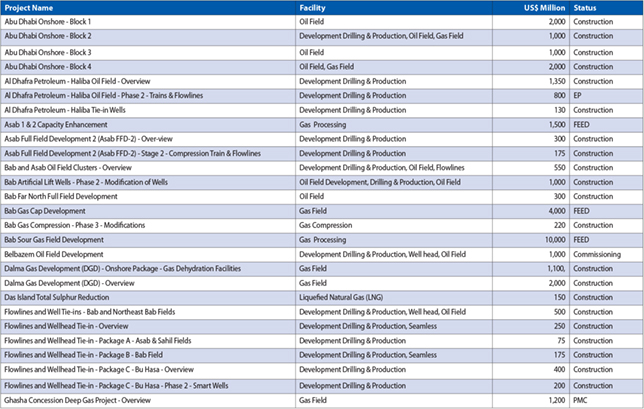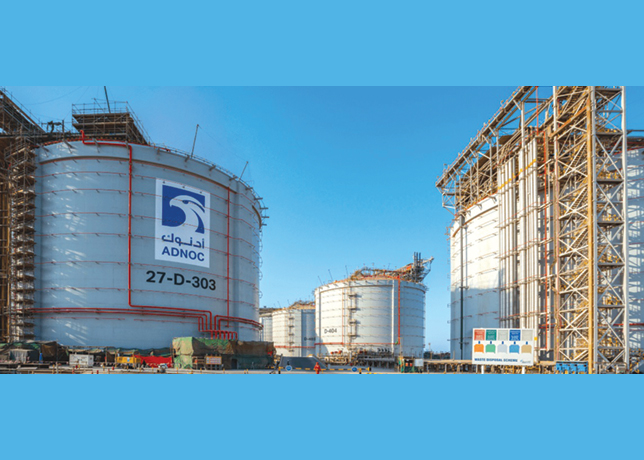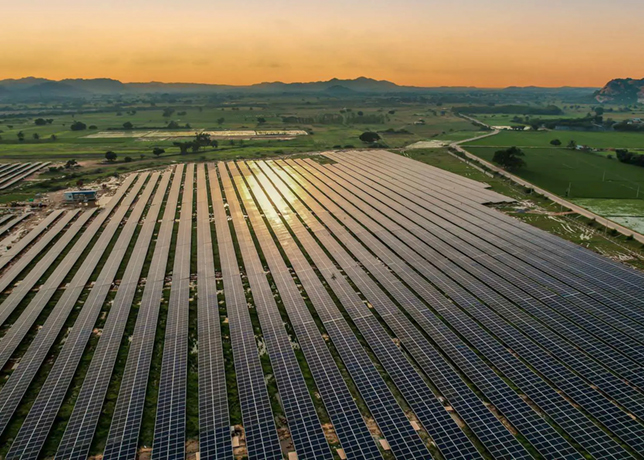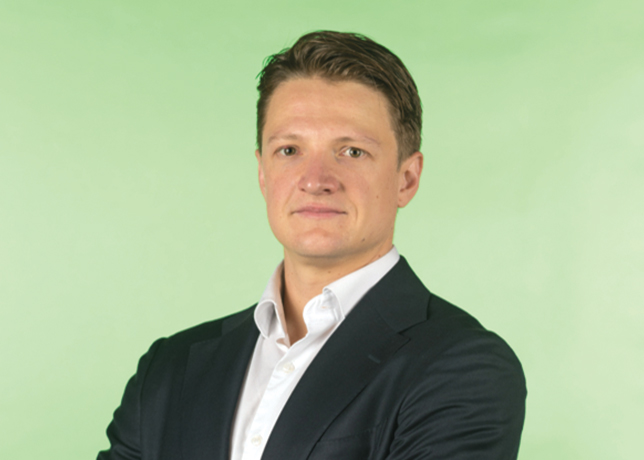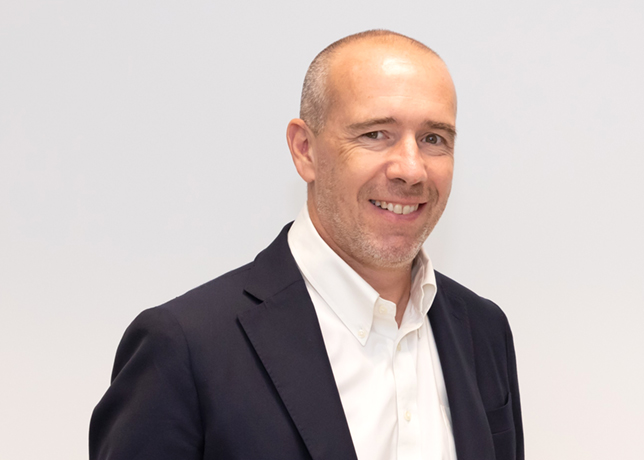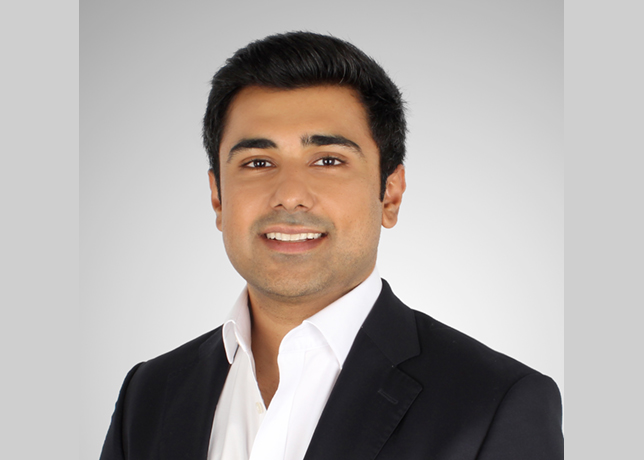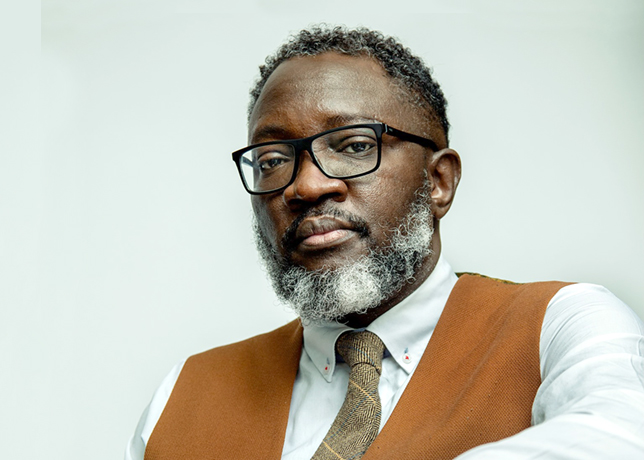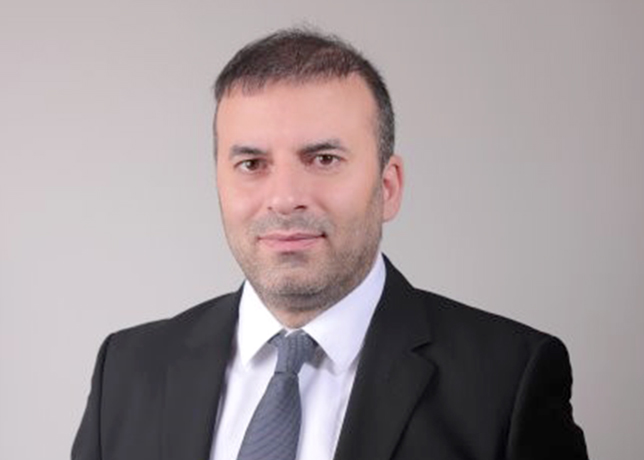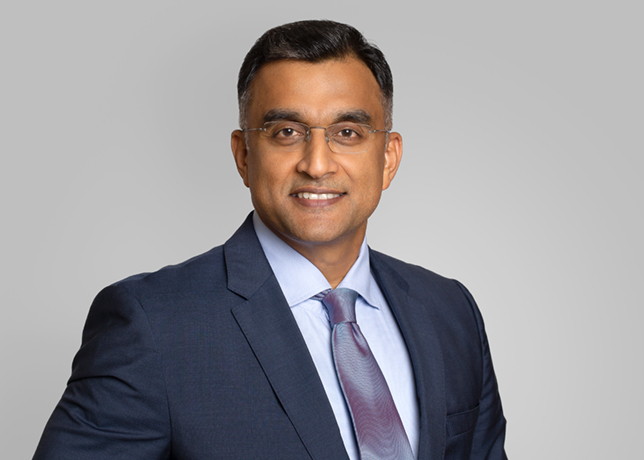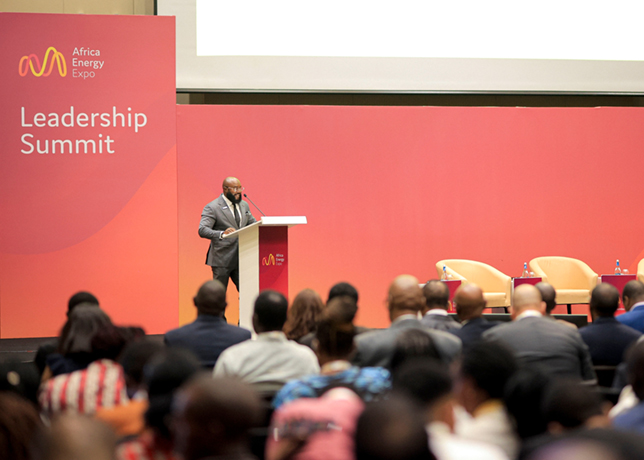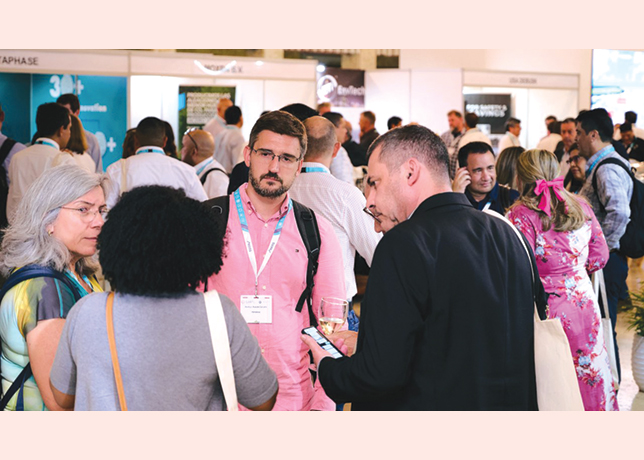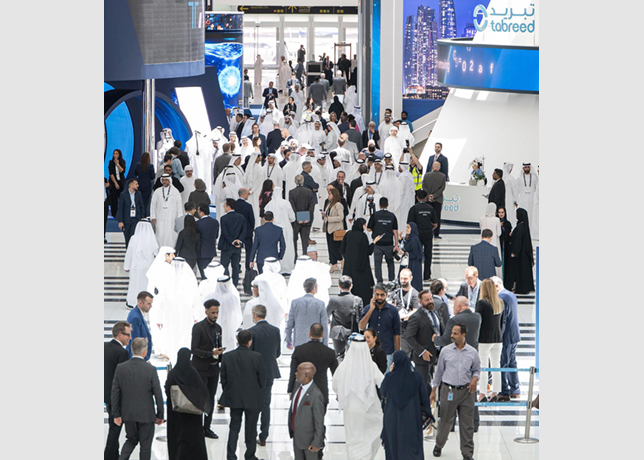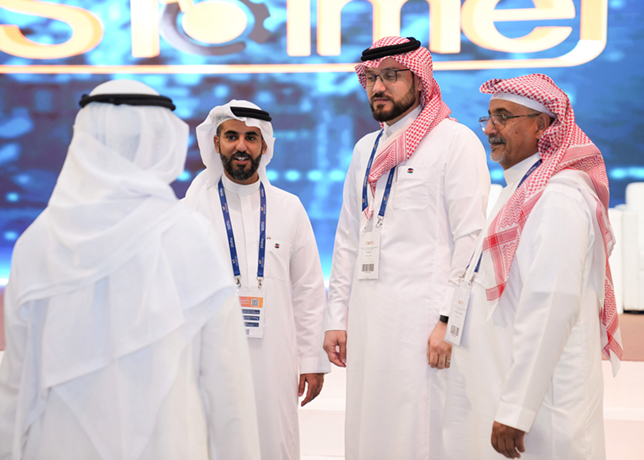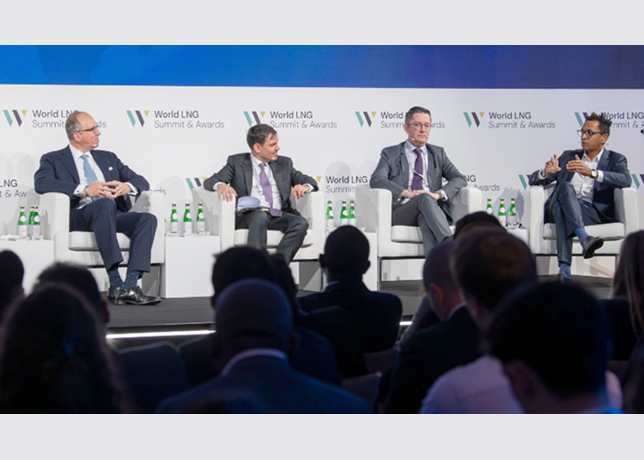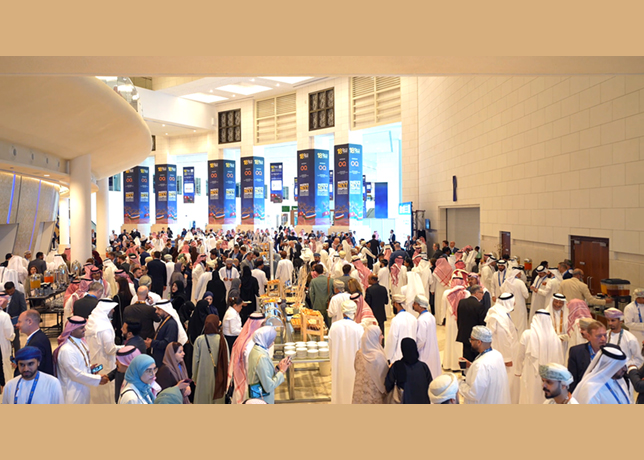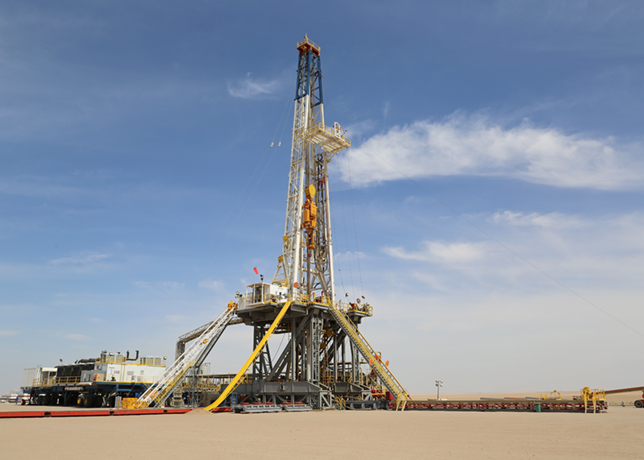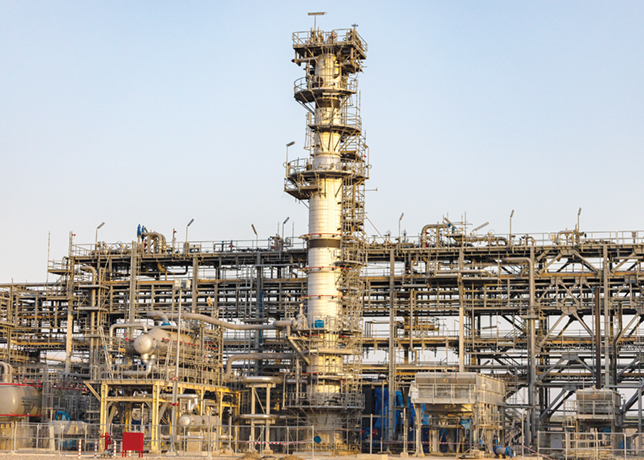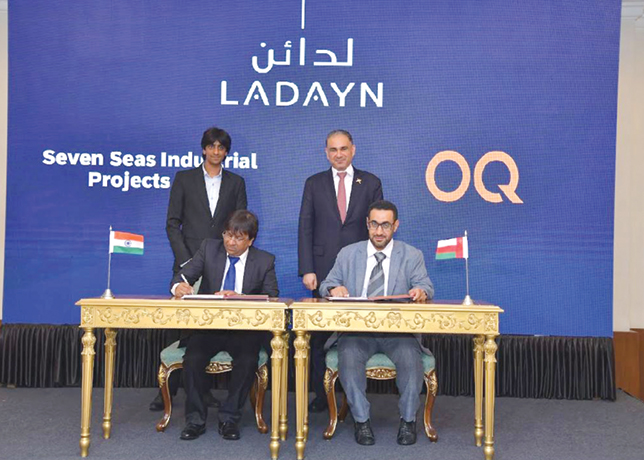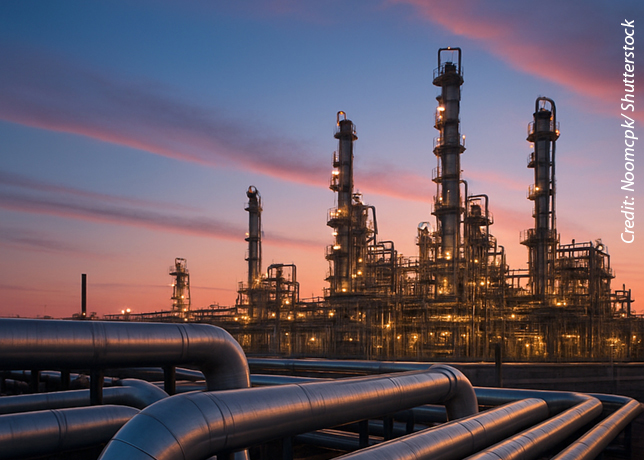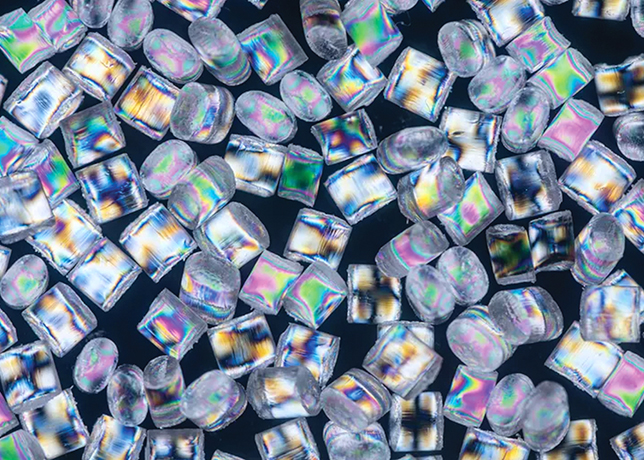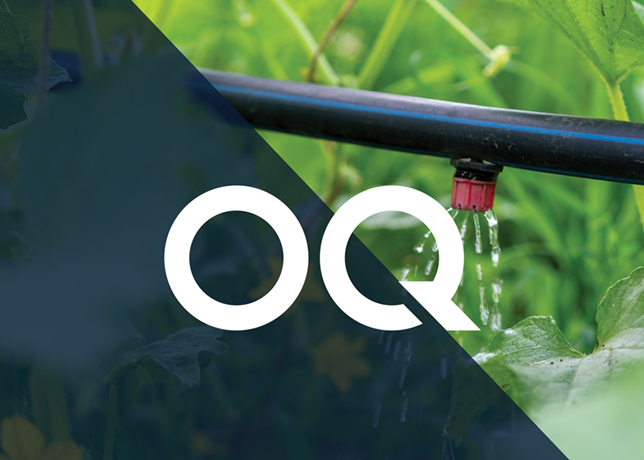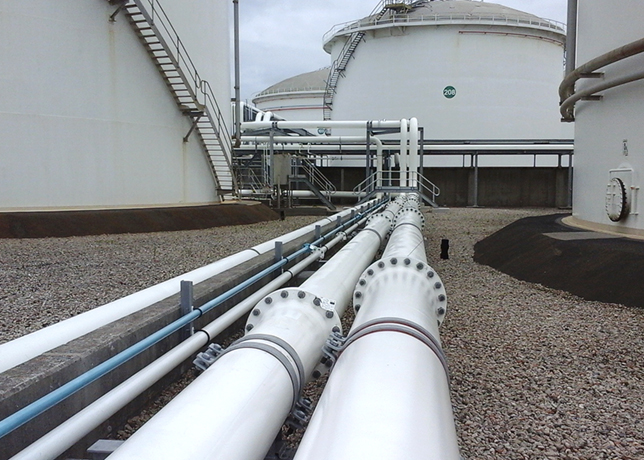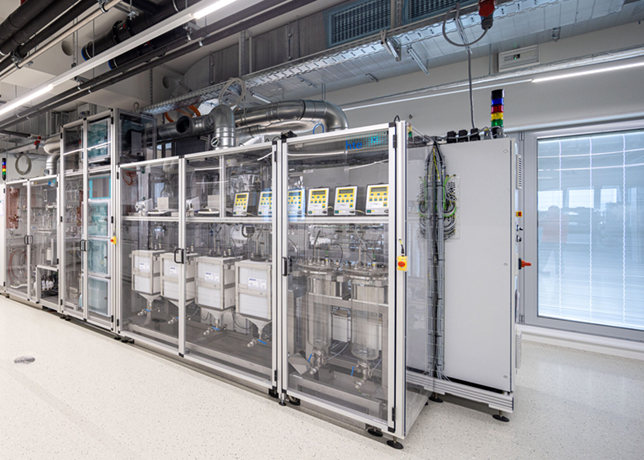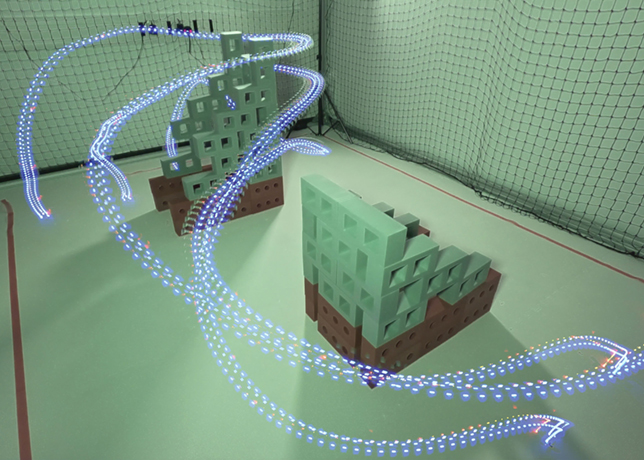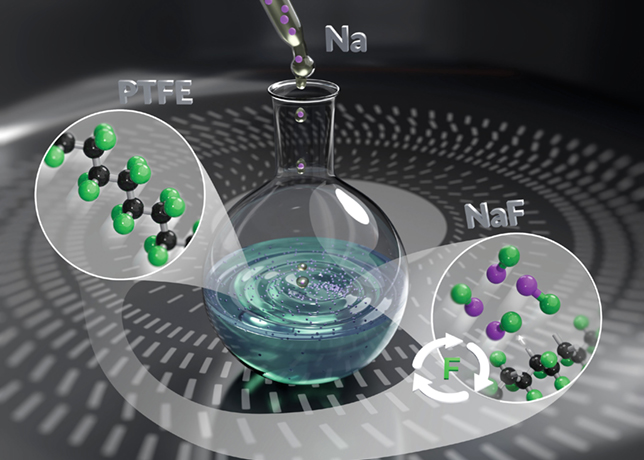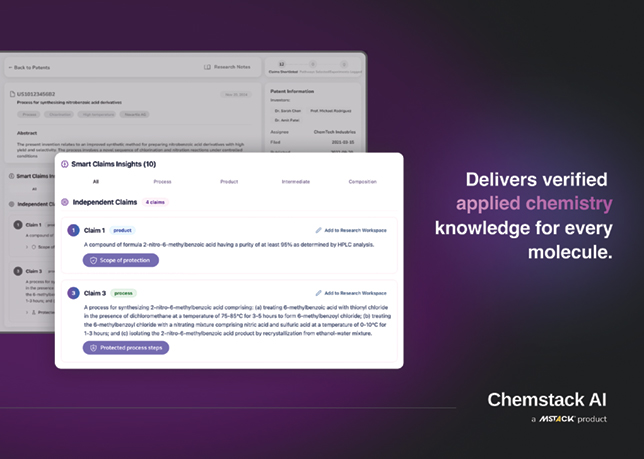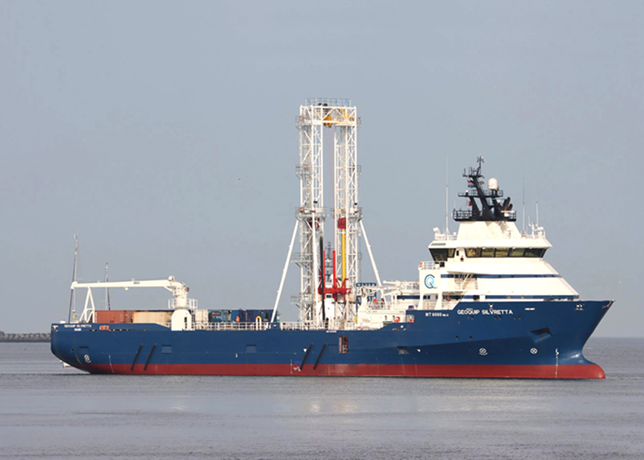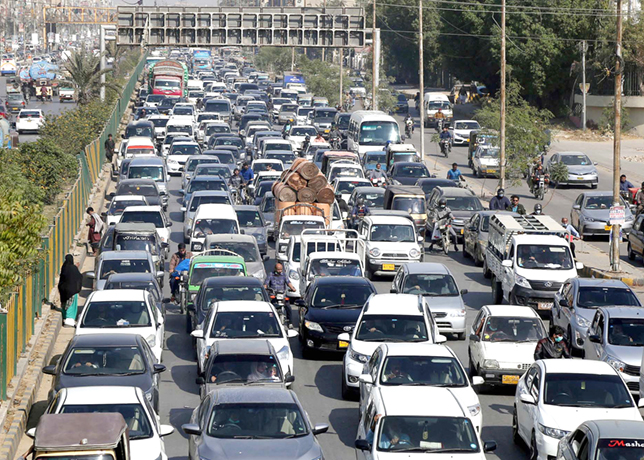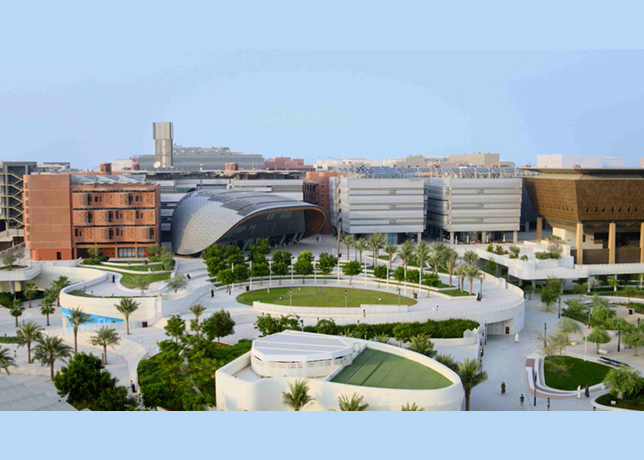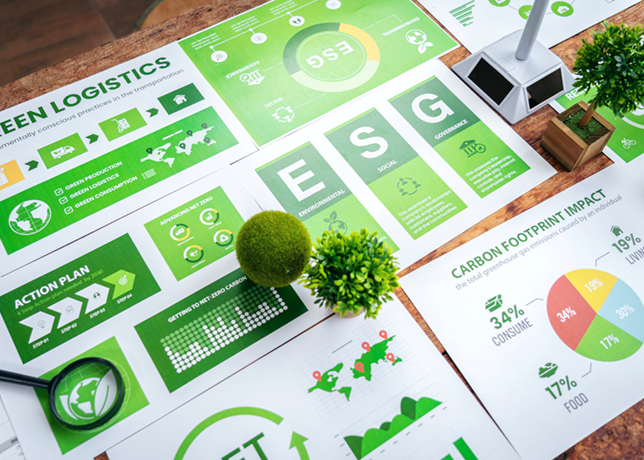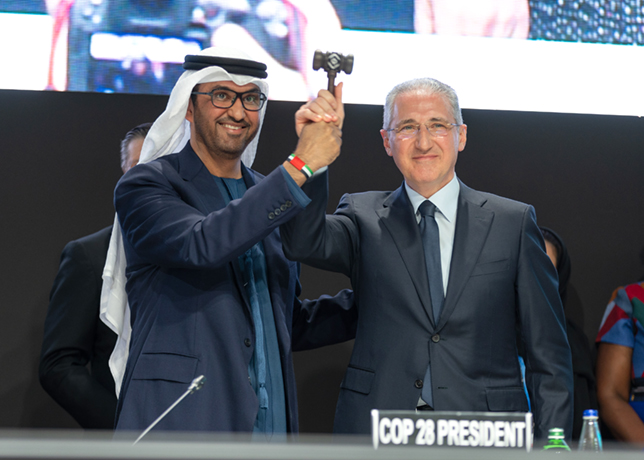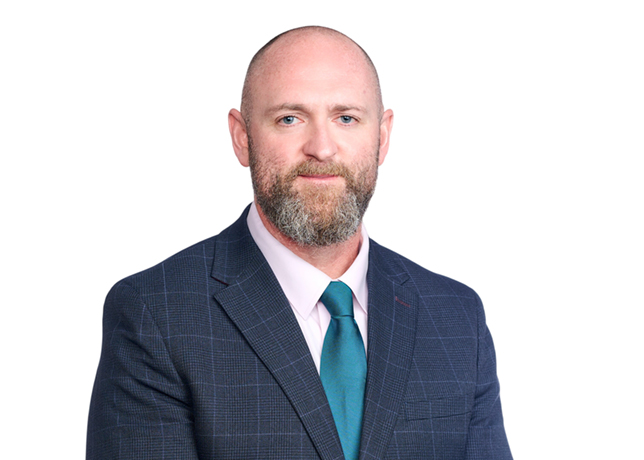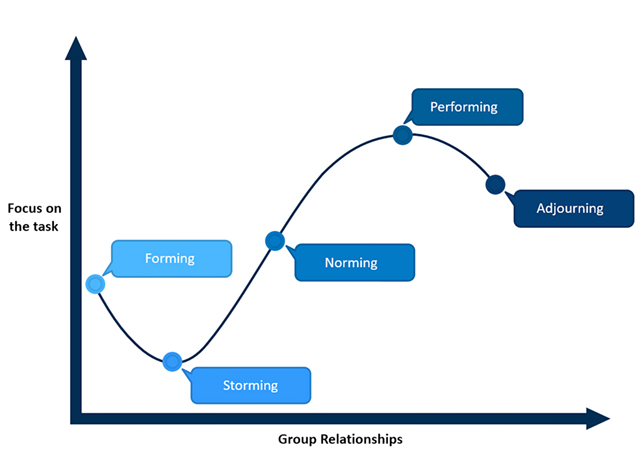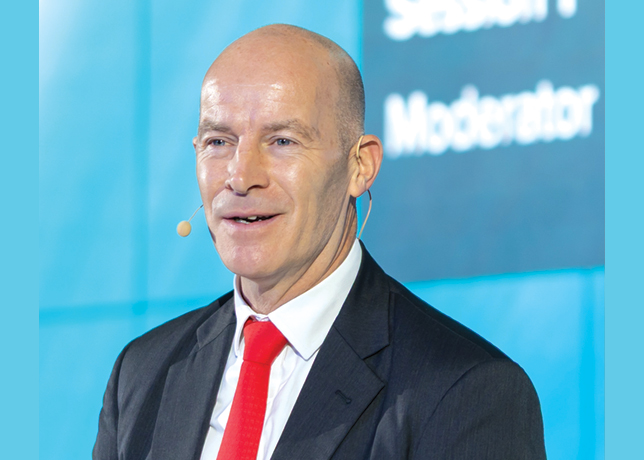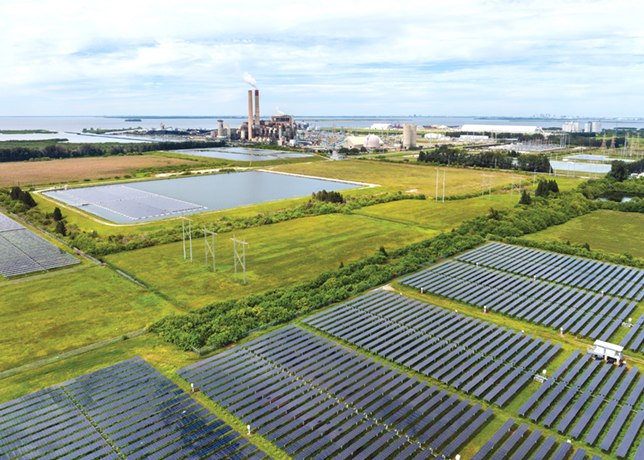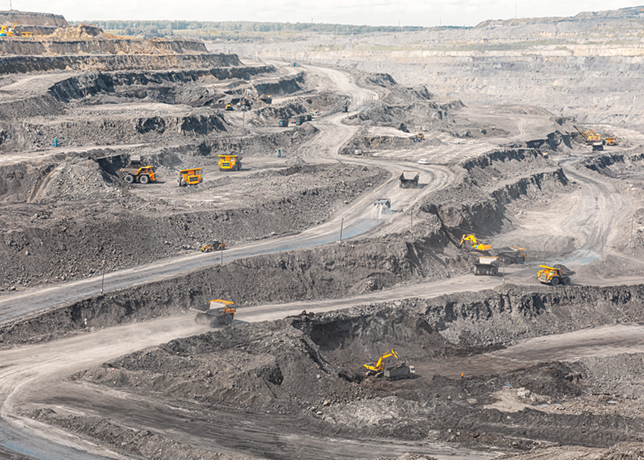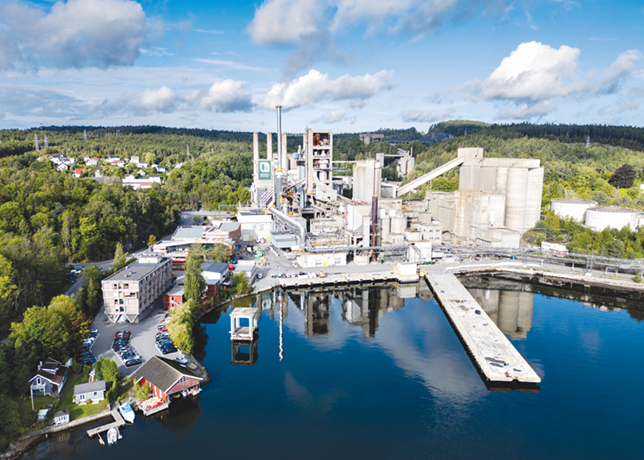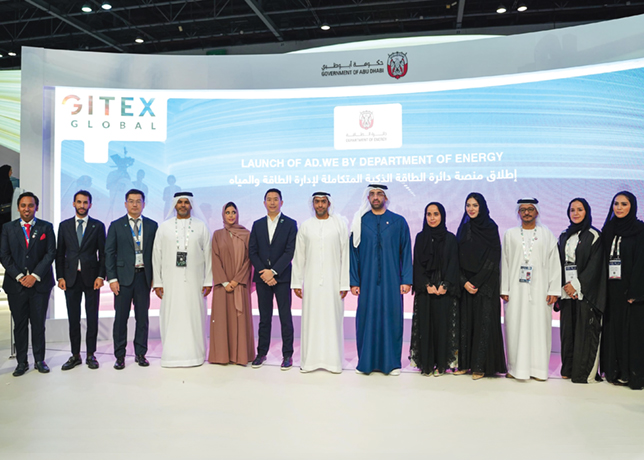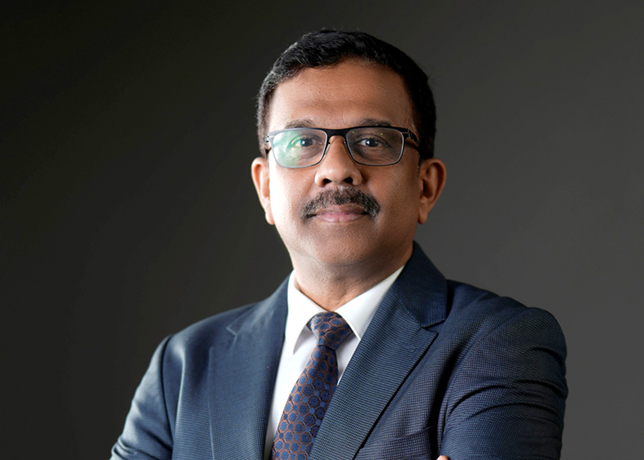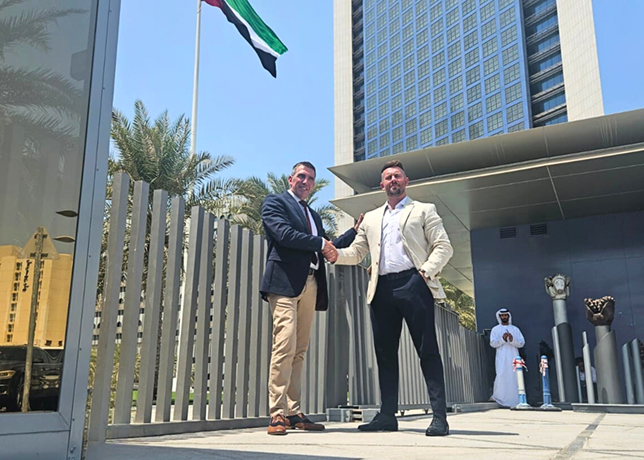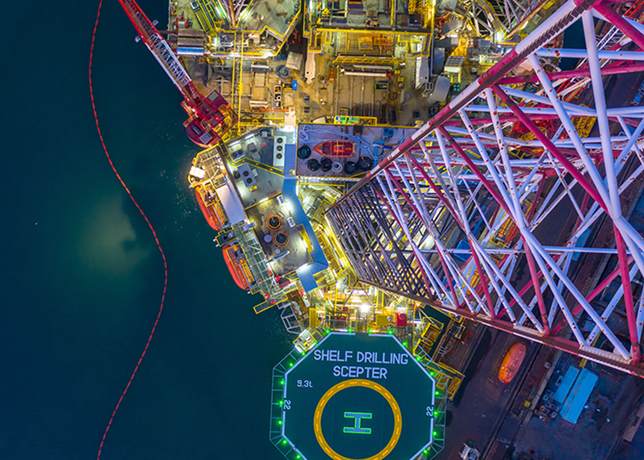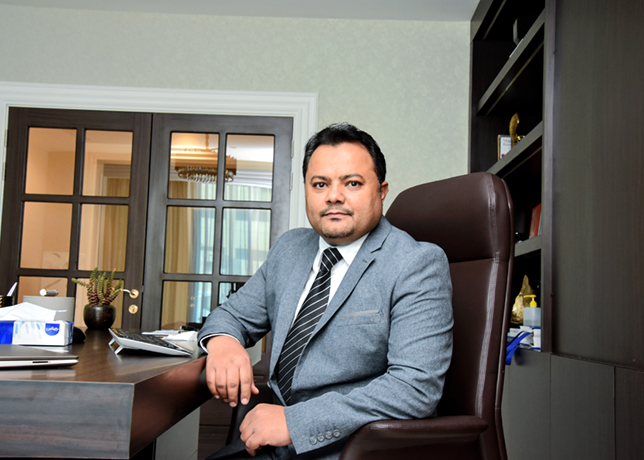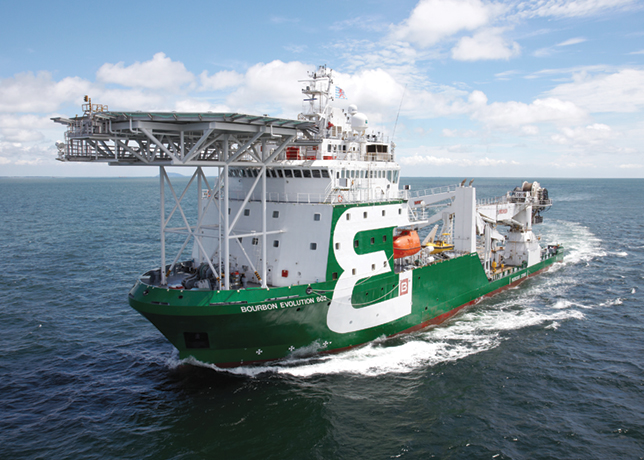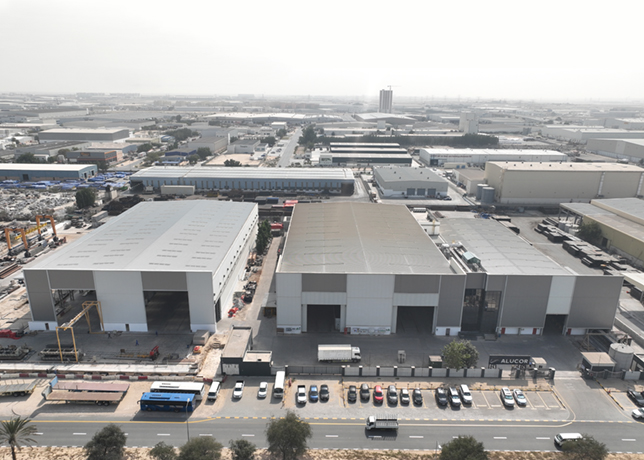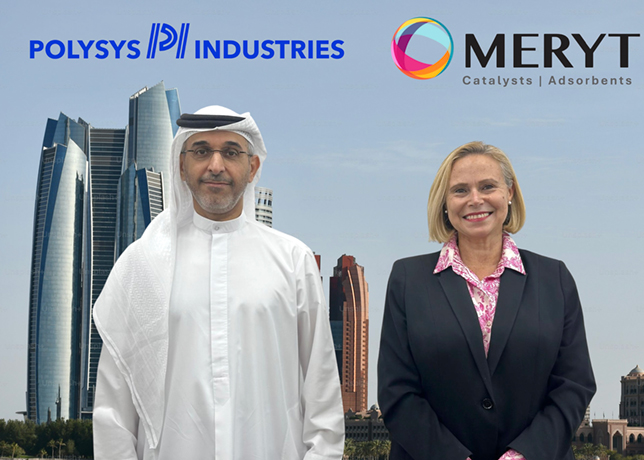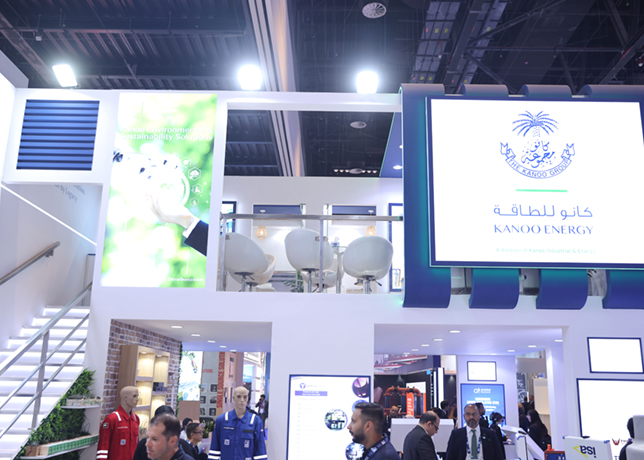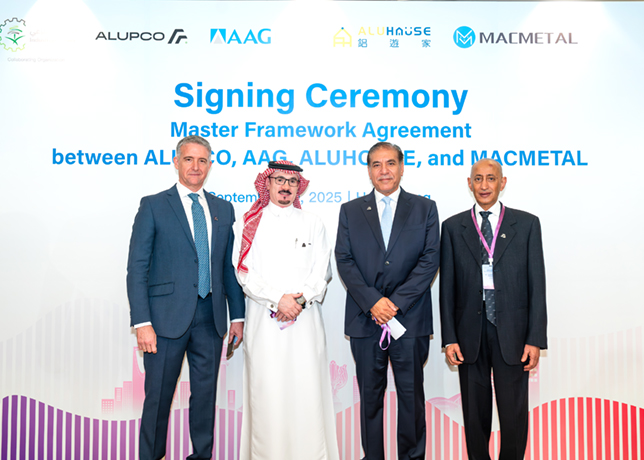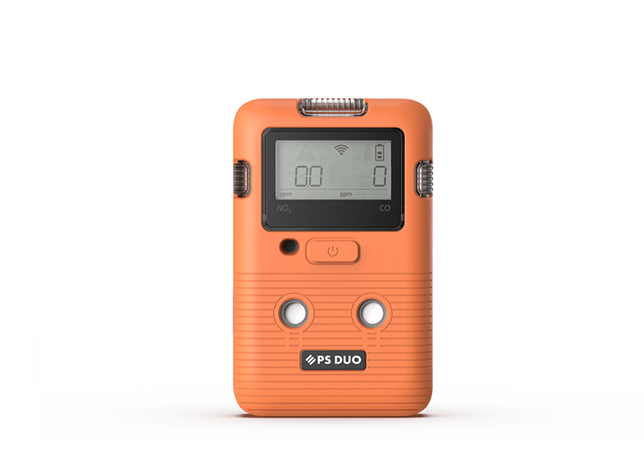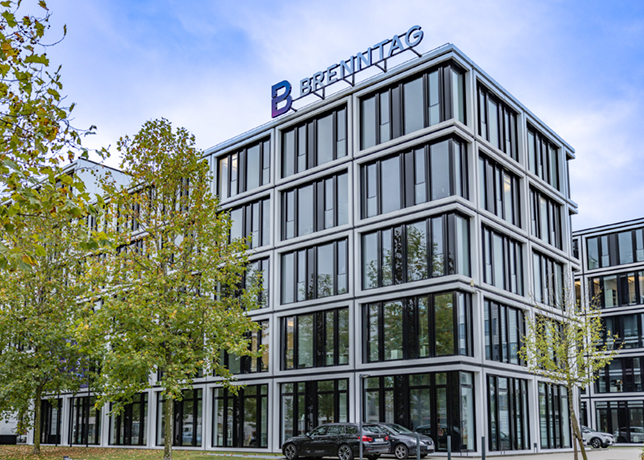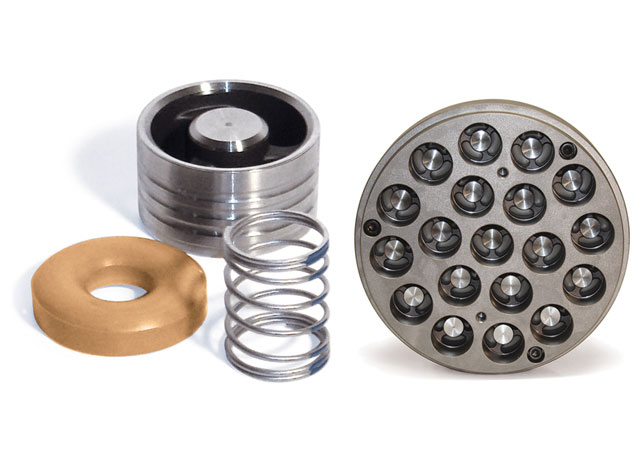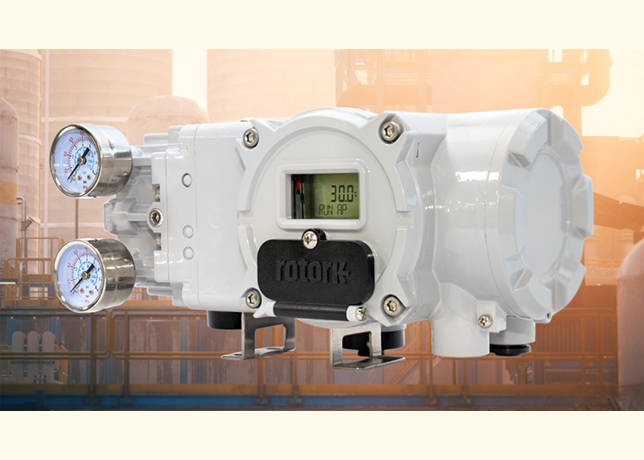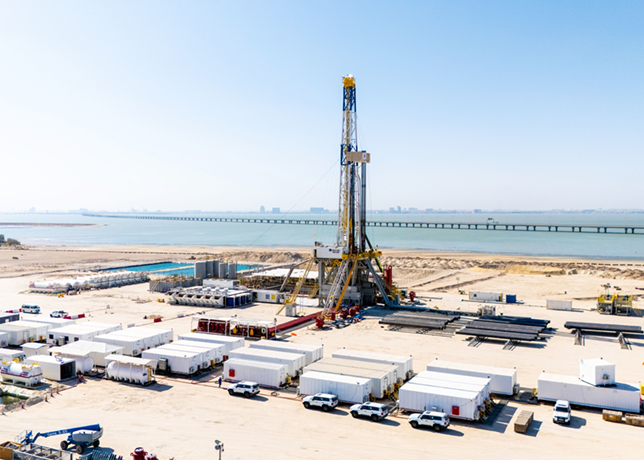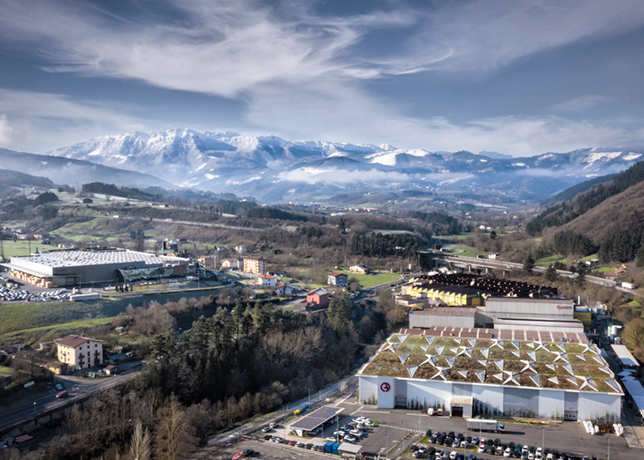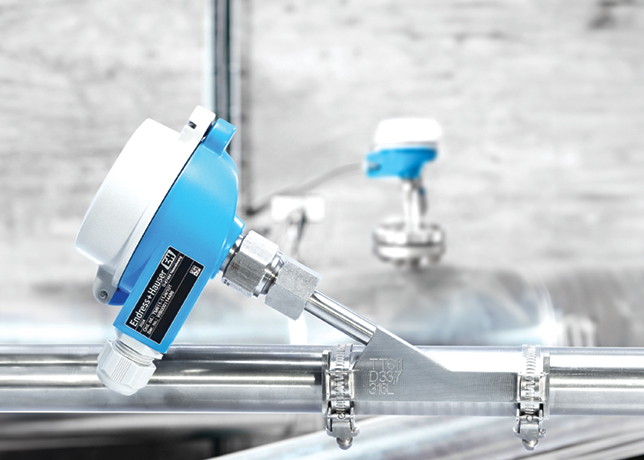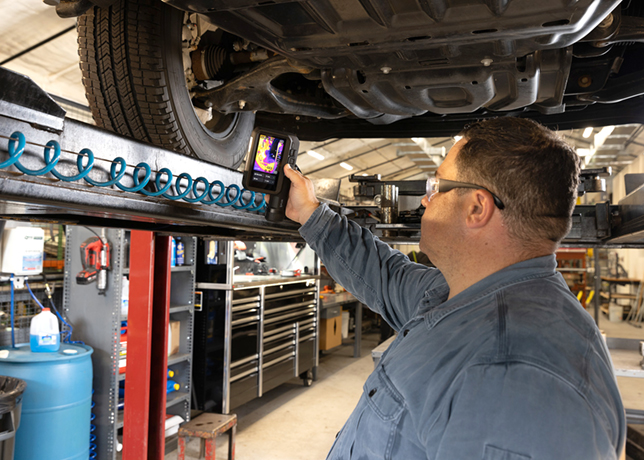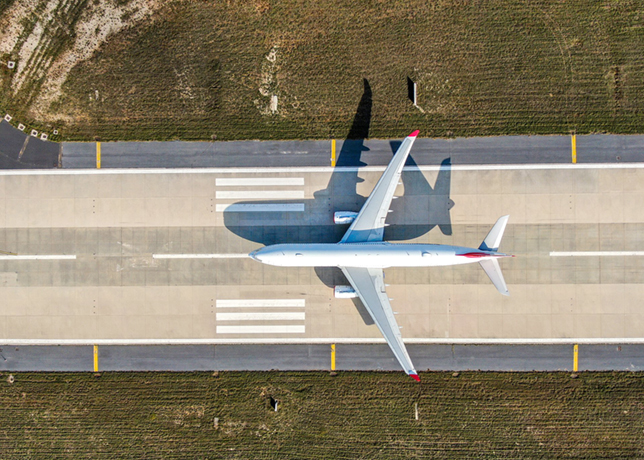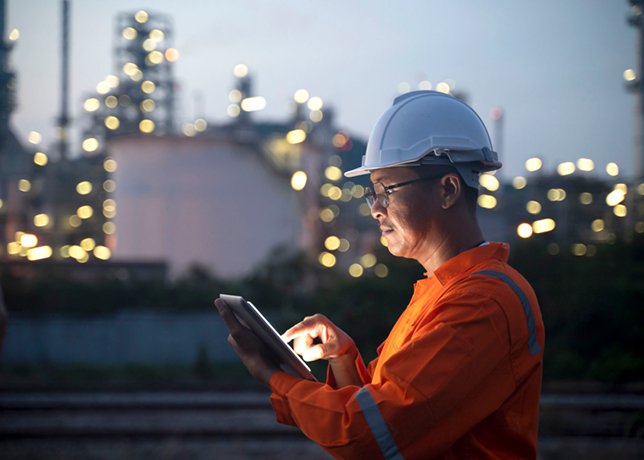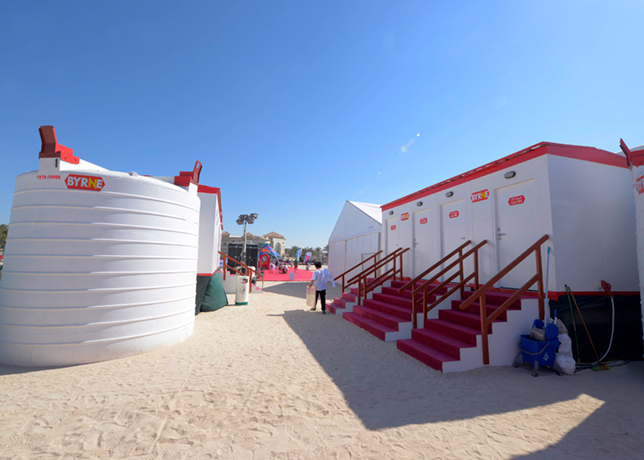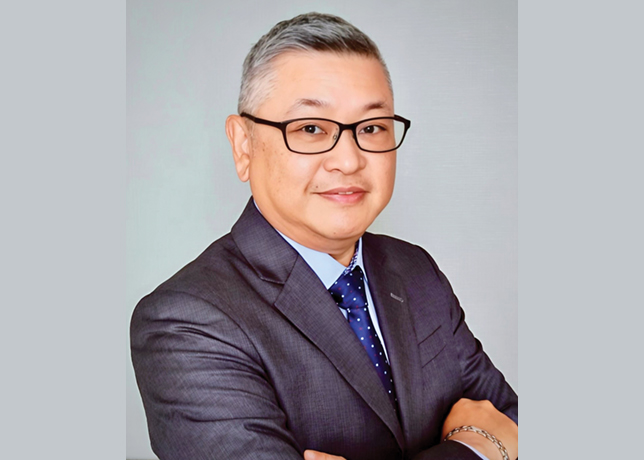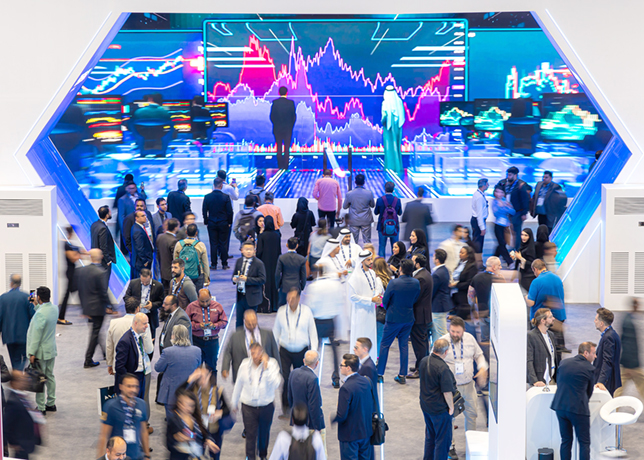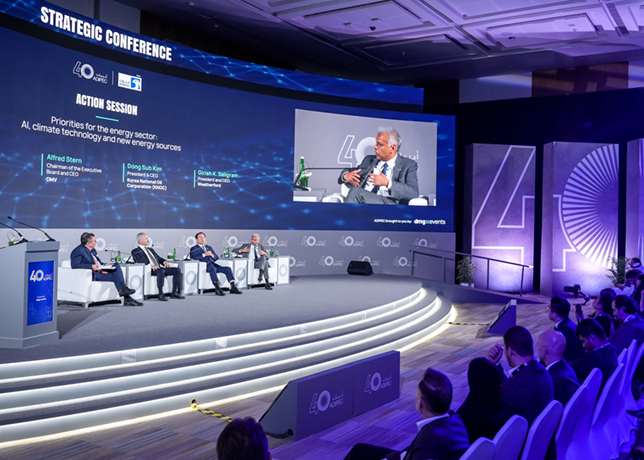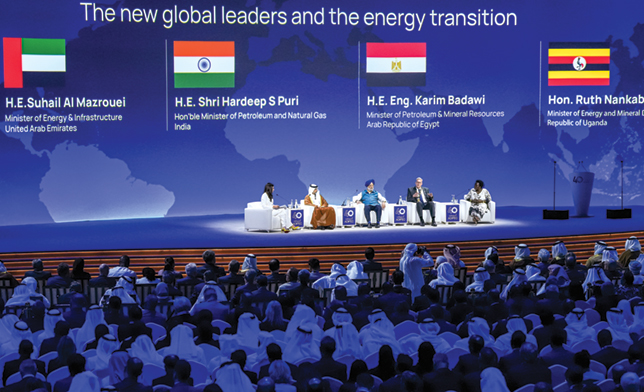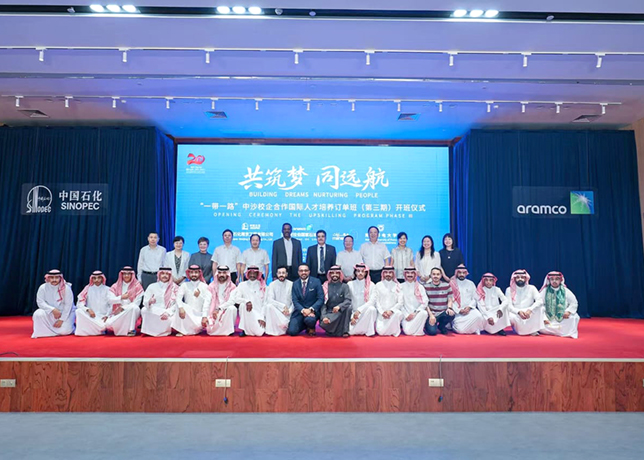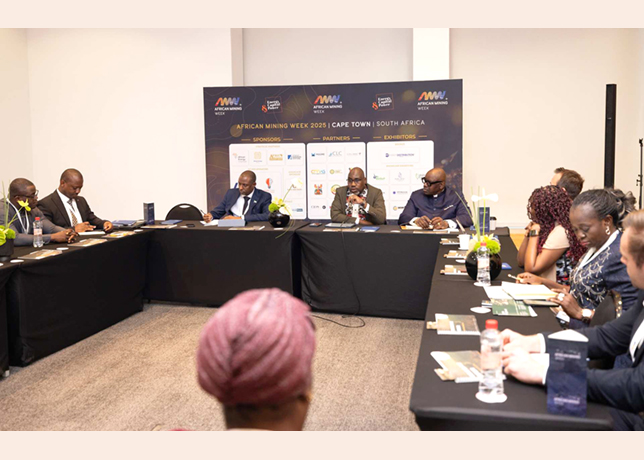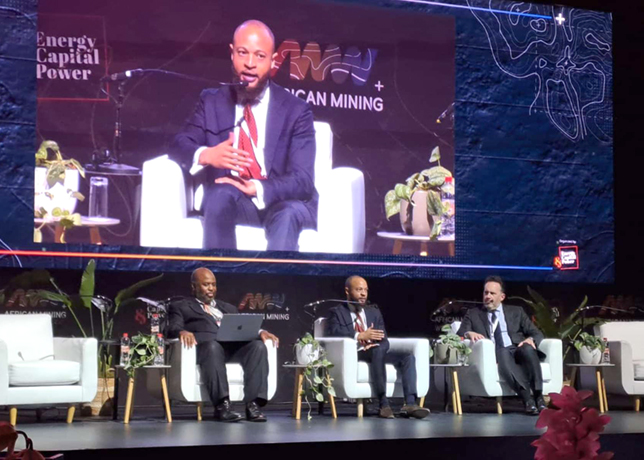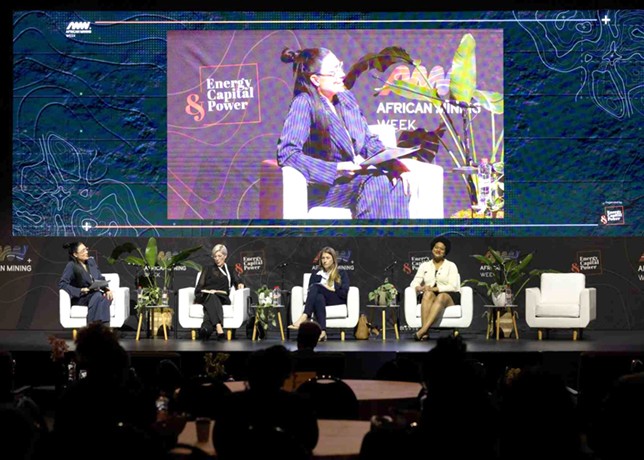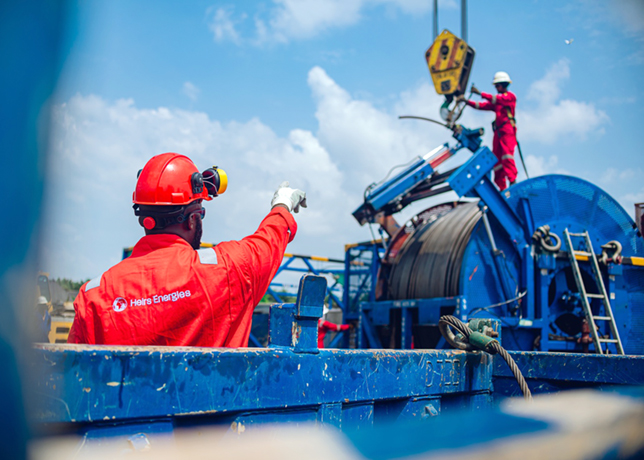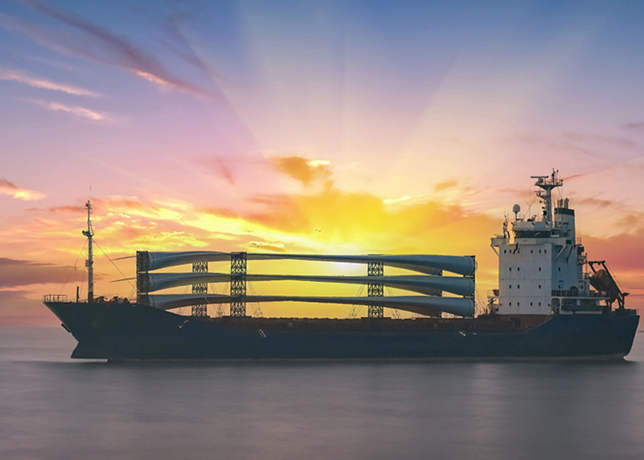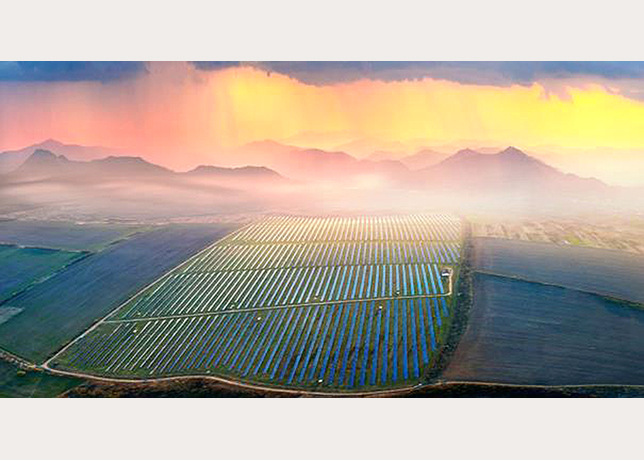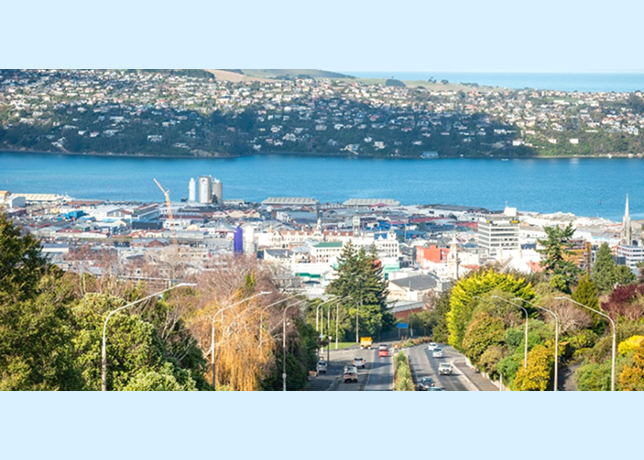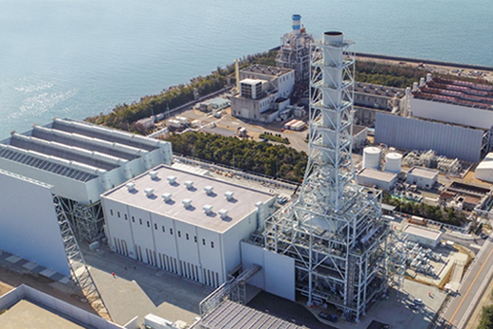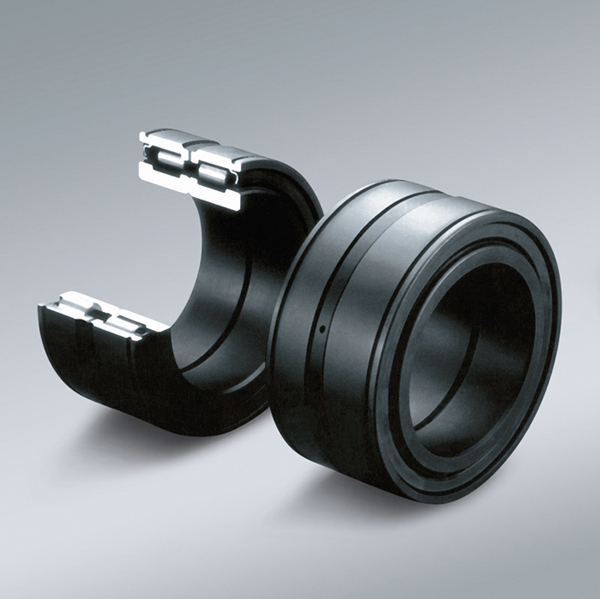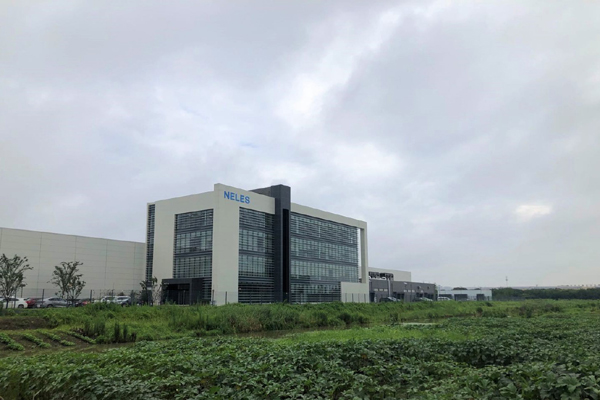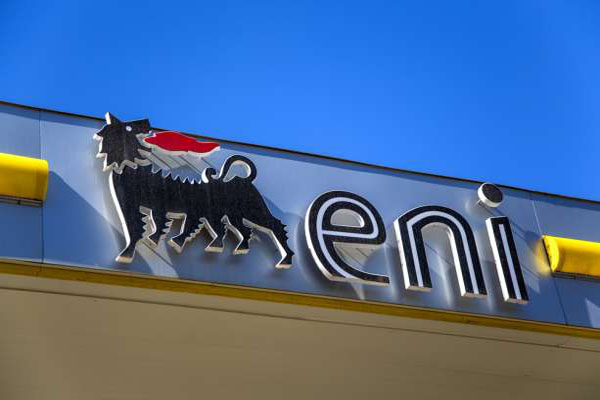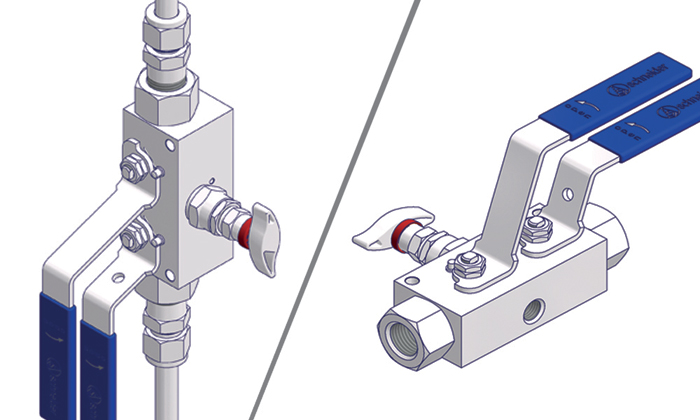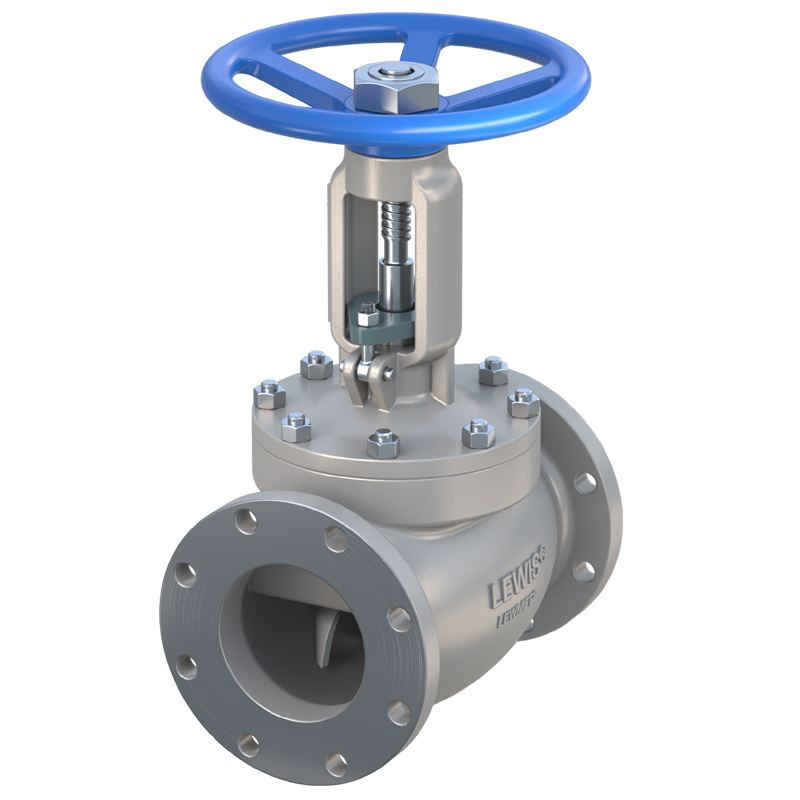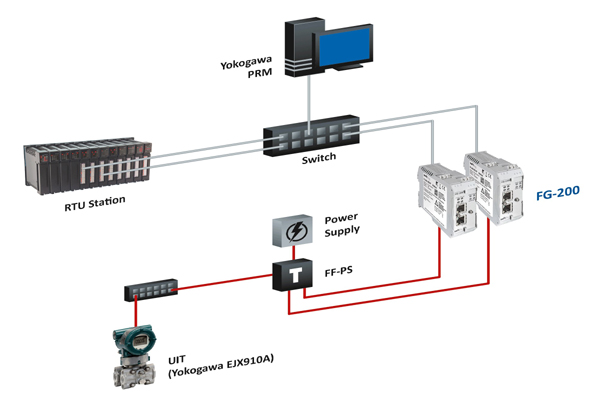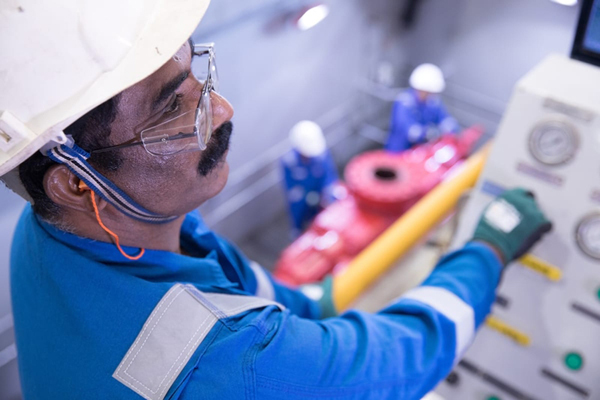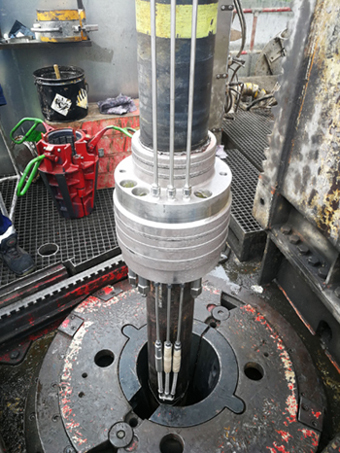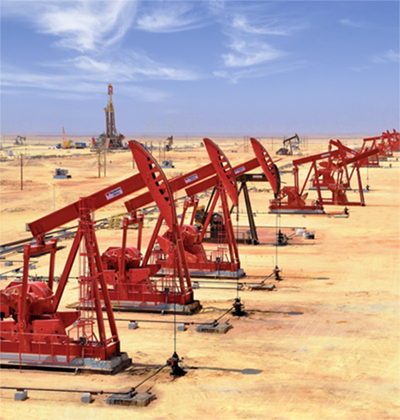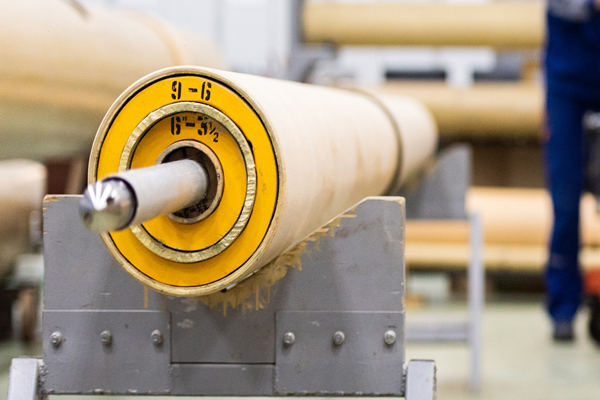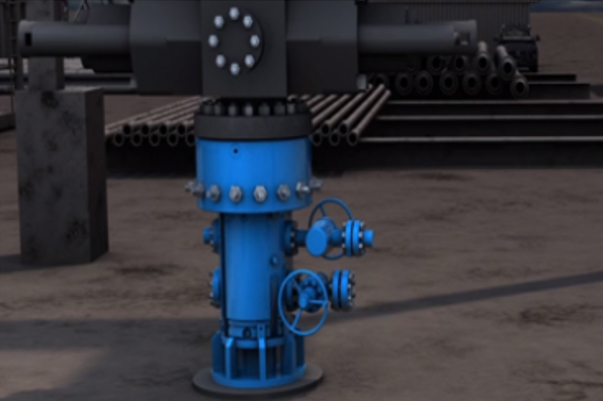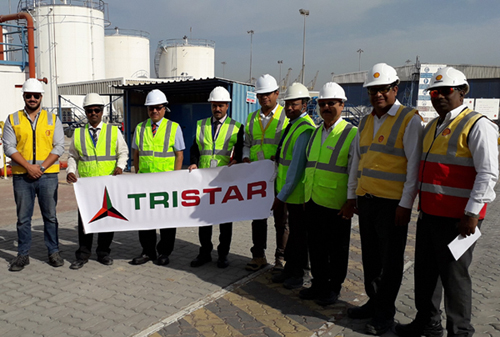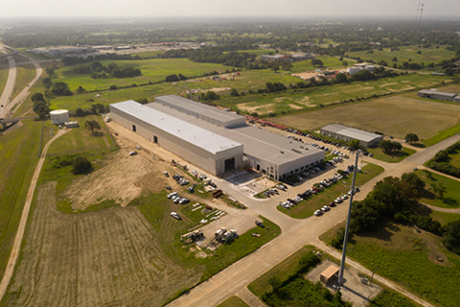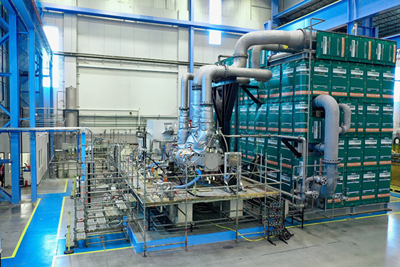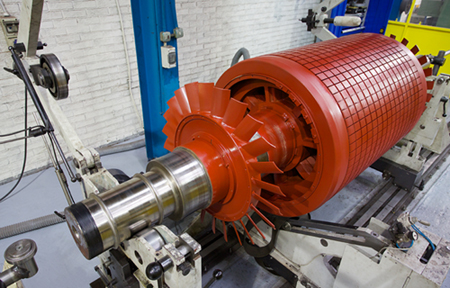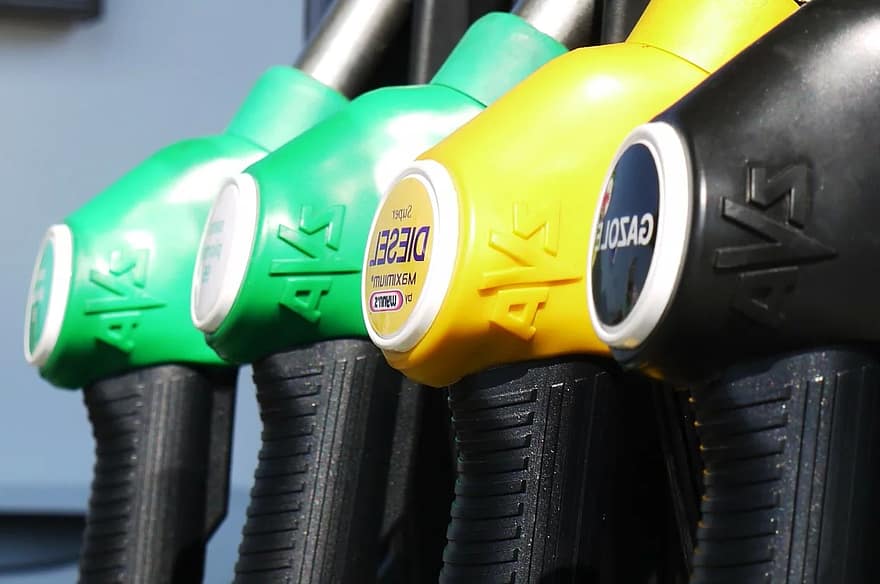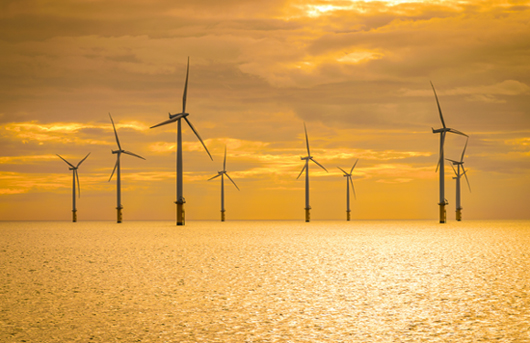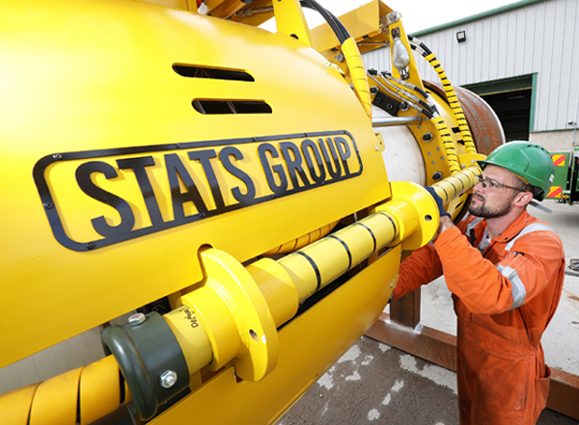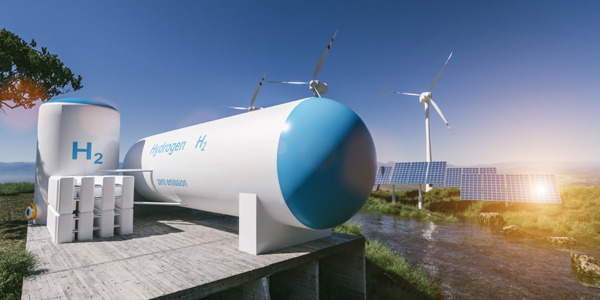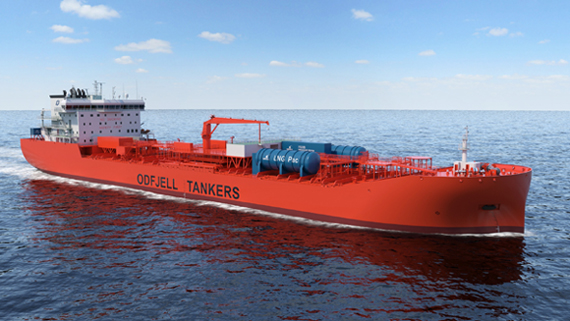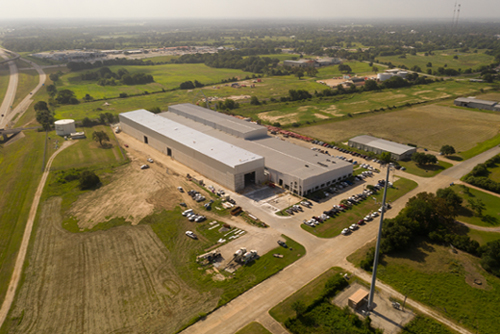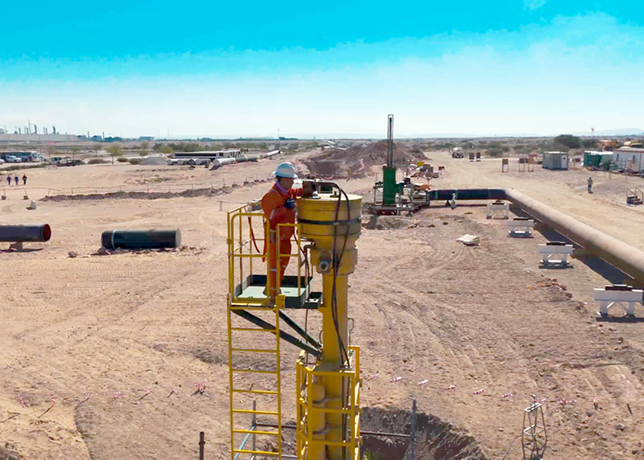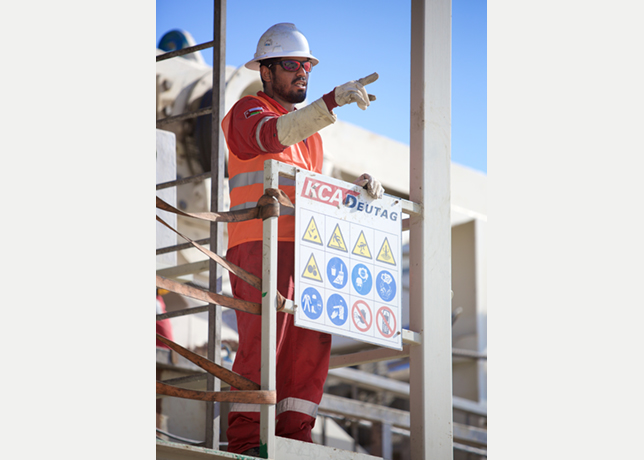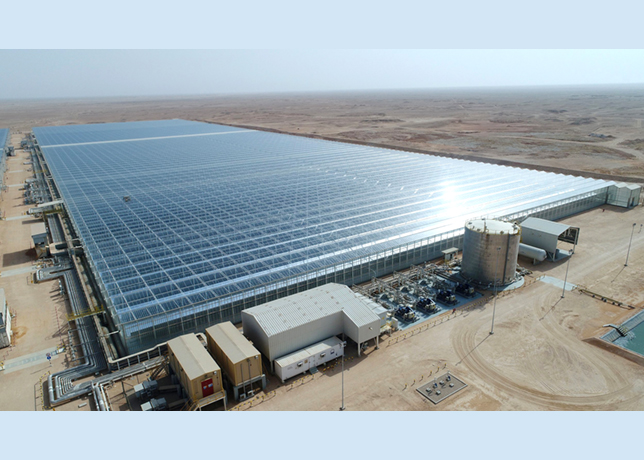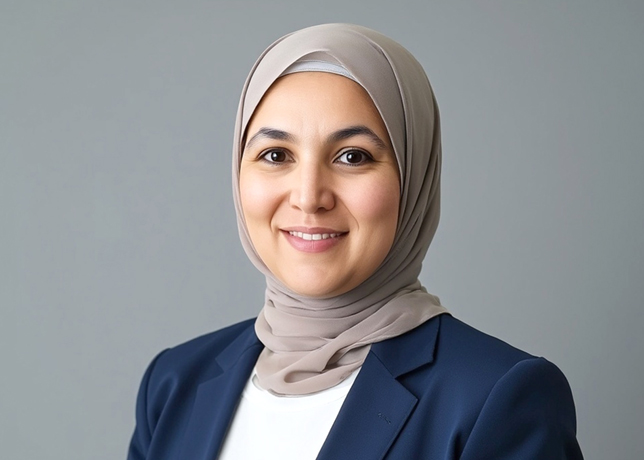
 Hugo Lucas
Hugo Lucas
By partnering with regional players, Revcoo aims to make cryogenic carbon capture a mainstream decarbonisation lever, not only for exports but also for local sustainability goals, Hugo Lucas tells OGN
Revcoo's innovative cryogenic carbon capture technology, which freezes CO2 emissions from industrial factories into solid form using liquid nitrogen, is poised to revolutionise decarbonisation efforts, particularly in water-scarce regions like the GCC, with plans to scale up significantly by 2030.
The technology, already piloted in Hauts-de-France, sprays cryogenic liquid to transform CO2 gas into solid "snow," separated via cyclone and liquified for transport.
Revcoo aims to scale its pilot tenfold, targeting 100,000 tonnes of CO2 capture per year per installation by 2030, while engaging GCC partners in cement and waste-to-energy sectors, Hugo Lucas, President and Founder of Revcoo, tells OGN energy magazine in an exclusive interview.
Its ability to capture biogenic CO2 supports the region’s blue ammonia ambitions, positioning Revcoo as a key player in global decarbonization.
Below are excerpts from the interview.
Can you explain how Revcoo’s cryogenic carbon capture technology works to capture CO2 from industrial factory emissions, and what makes it more sustainable than traditional solvent-based methods?
After plugging in our technology, the flue gas first undergoes a process to remove water and pre-concentrate the CO2 using various technologies, such as membranes or MOFs (metal-organic frameworks).
The flue gas then enters the Carbon Cloud, the central part of our technology, where CO2 is separated from other gases.
This is achieved by spraying a cryogenic liquid (such as nitrogen or liquid air, depending on the use case) through a nozzle, which transforms the CO2 gas into its solid form.
This direct contact between the refrigerant and the flue gas is why our technology disrupts all other cryogenic technologies (since we can transfer all the cooling energy directly into solid CO2).
 |
Revcoo aims to develop an industrial demonstrator with a capacity 10 times greater than |
The solid CO2 is separated from the remaining gases using a cyclone, a device commonly used in fields like dust collection or agriculture.
Finally, the CO2 snow is transformed into its liquid state. All the components that have been described require only electricity to operate.
How is Revcoo planning to scale up from its current industrial pilot in Hauts-de-France to capture 100,000 tonnes of CO2 per day per installation by 2030?
In order to manage the technical risk, Revcoo should initially scale up the pilot by a factor of ten in terms of processing capacity.
Once this has been achieved, we will be able to offer machines with the capacity to capture 100,000 tonnes per year or more.
However, this is not the biggest challenge. In order to increase the number of carbon capture projects significantly, the CO2 transportation infrastructure will have to be operational at the end of this decade.
How can Revcoo technology help the GCC energy sector transition towards sustainability, especially with companies like ADNOC, Aramco and OQ exploring carbon capture and storage (CCS)?
Revcoo’s solvent-free, modular, and fully electric technology presents a highly complementary approach to existing CCS projects in the GCC.
 |
CarbonCloud is a patented technology for capturing CO2 through cryogenics |
Our cryogenic solution operates without water, chemicals, or toxic substances, which makes it particularly suited to the region’s environmental and operational constraints.
Moreover, our technology is cost-effective for small- to medium-sized applications involving the capture of between 50,000 and 400,000 tonnes of CO2 per year.
Meanwhile, solvent-based technology is most efficient for applications involving the capture of 500,000 tonnes of CO2 per year or more.
Finally, our technology provides CO2 in liquid form that is ready to use and transport.
Unlike solvent-based technology, CO2 is in its gaseous state, and CO2 liquid is currently the only way to transport and use CO2, and it is covered by gas companies such as Air Liquide, Linde and Messer. CO2 gas transportation infrastructure will not be operational until 2030.
Why is Revcoo aiming to develop an industrial demonstrator with ten times the capacity of its current pilot?
Heavy industries, like cement and steel, produce process emissions that are fundamentally unavoidable even when switching to low-carbon energy sources.
Our technology was precisely designed to address these so-called "hard-to-abate" emissions.
The upcoming industrial demonstrator will validate our technology at a scale that reflects the needs of such sectors, allowing us to refine performance, automation, and integration into complex industrial ecosystems.
How can Revcoo technology integrate with renewable energy sources to ensure low-carbon operations in the GCC’s energy-intensive plants?
 |
CarbonCloud technology is now in the pilot phase at a lime production site in Hauts-de-France |
Revcoo’s 100 per cent electric architecture is a strategic advantage in regions like the GCC, where solar and wind energy are increasingly available at scale. CarbonCloud can be powered directly by on-site or grid-supplied renewables, enabling a fully decarbonised capture process. Our compact and modular units also lend themselves to integration with hybrid systems.
In short, we can not only make carbon capture a decarbonisation tool for factories, but also a driver of clean energy deployment.
Is Revcoo exploring partnerships in the GCC to deploy its technology in the region?
We are actively engaging with industrial players, innovation hubs and government stakeholders in the GCC to identify high-impact use cases for our technology.
We believe the path to large-scale decarbonisation lies in aligning public policy, industrial need and technological readiness.
Talks are ongoing with actors in the cement and waste-to-energy sectors, where our unique solvent-free process can rapidly demonstrate value. We are also in discussion with strategic investors in the region who share our vision of deploying pragmatic and scalable climate solutions.
Revcoo technology can capture biogenic CO2, such as from green fuels. How can this capability support the GCC’s growing interest in low-carbon fuels like blue ammonia?
Biogenic CO2 capture is a cornerstone of negative emissions strategies. Our technology is able to valorise these streams by offering a clean and reliable method for separating CO2 from biomass combustion processes.
This becomes especially relevant in the context of blue or even future green ammonia projects, where CO2 purity and capture cost are key variables.
By supplying biogenic CO2, Revcoo could contribute to the synthesis of e-fuels or low-carbon hydrogen carriers, thereby supporting the GCC’s ambitions to become a global hub for sustainable energy exports.
Compared to the EU, do you see acceleration in the adoption of carbon capture technology in the GCC?
While regulatory frameworks in the GCC differ from the EU’s, we are seeing strong momentum toward sustainability, both through national visions like Saudi Arabia’s Vision 2030 and through industry-led initiatives.
Several countries in the region are setting voluntary or sectoral carbon intensity targets. Revcoo positions itself as a fast-track enabler for meeting these goals, offering an agile, infrastructure-light solution that can be implemented ahead of, or in anticipation of, future regulatory mandates. As the carbon price or disclosure landscape evolves, our plug-and-play model becomes even more relevant.
Can you elaborate on how Revcoo technology can get a competitive edge in the GCC’s industrial decarbonisation efforts compared to water-intensive solvent-based systems?
Water is a limiting resource in the GCC, and conventional solvent-based capture methods often require significant volumes for both operation and waste management.
By contrast, Revcoo’s cryogenic process is entirely water-free and produces no chemical effluents or hazardous waste.
In fact, Revcoo condenses the humidity in the flue gas, which could be used as a source of water by its customers.
This drastically reduces the complexity of deployment in arid environments. Moreover, our system’s simplicity and autonomy translate into lower operational costs and maintenance needs. This environmental and operational frugality gives us a unique edge in the region.
What are Revcoo’s strategic priorities for the next five years regarding expanding its CO2 capture technology globally, and how does the GCC fit into that vision?
Our priorities over the next five years are threefold: Scaling our industrial capacity, deploying our solution across strategic industries, and expanding internationally with a focus on high-impact geographies.
The GCC is a natural part of this roadmap. Its combination of industrial density, energy ambition and environmental constraints makes it a fertile ground for innovation.
By partnering with regional players, we aim to make cryogenic carbon capture a mainstream decarbonisation lever, not only for exports but also for local sustainability goals.
By Abdulaziz Khattak



